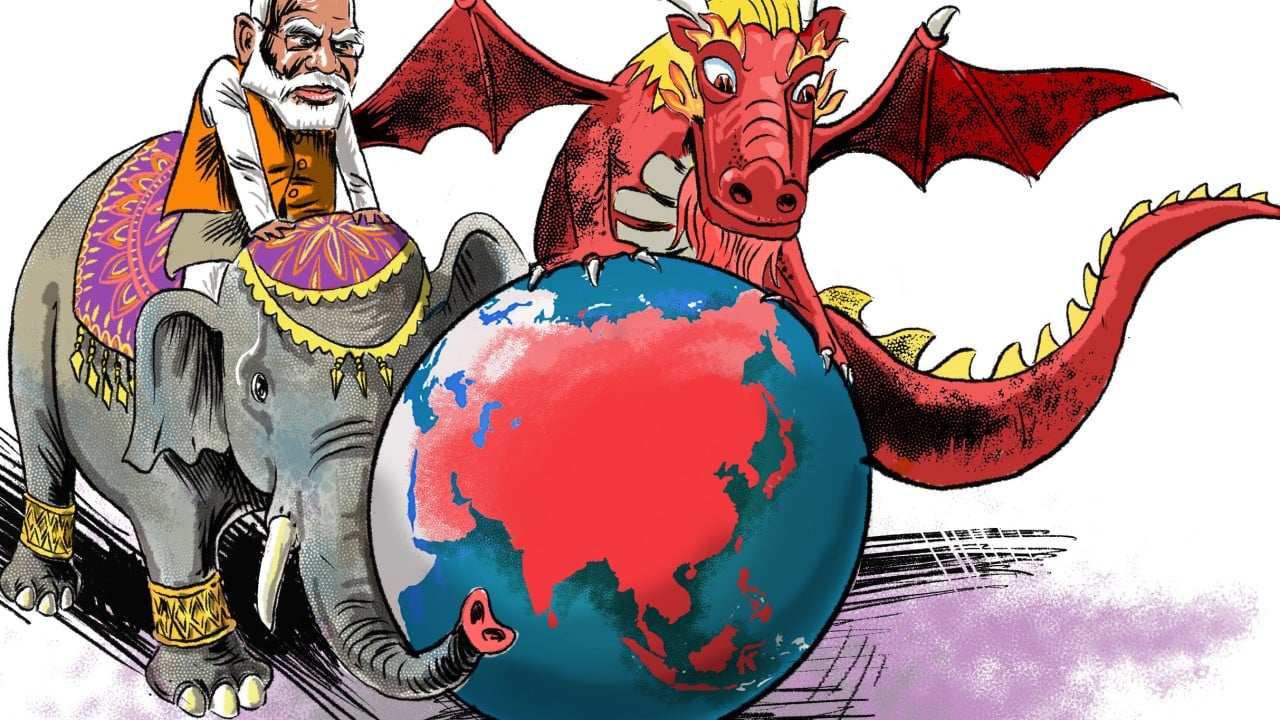As Indian Prime Minister Narendra Modi prepares to visit China for the Shanghai Cooperation Organisation (SCO) summit in Tianjin, the world is watching closely. Modi’s visit will be a historic opportunity to usher in a new era of cooperation between two ancient civilisations whose populations account for just under 35 per cent of humanity, representing the world’s second- and soon-to-be third-largest economies.
Advertisement
During Modi’s recent meeting with Chinese Foreign Minister Wang Yi, both seemed to agree that India and China are partners, not rivals, and that the Asian century can’t happen without bilateral cooperation.
The history between China and India runs deep, from ancient trade relations during the Kushan empire and Han dynasty to cultural exchanges such as the spread of Buddhism and the travels of Chinese monk Xuanzang. The two civilisations have long been engaged in dialogue, and the exchange of ideas, trade and philosophy has only enriched both societies. The 1955 Bandung Conference was an example of one such exchange in the diplomatic realm.
This year marks the 75th anniversary of formal diplomatic relations. India was the first non-socialist bloc country recognised by the People’s Republic of China in 1950. Now, more than ever, it’s time to build on that legacy.
Both countries face shared development challenges to ensure prosperity for their people. India is the fastest-growing major economy. The country is also home to the world’s largest youth population, as well as a rapidly growing innovation system and an expanding consumer base. Through China’s public policies, it brings expertise in infrastructure, manufacturing, digital governance and renewable energy. If the two powers work together, the possibilities are enormous.
Advertisement
China can play a constructive role in investing in India’s next phase of growth. Importantly, India already serves as the largest recipient of funding from the Asian Infrastructure Investment Bank (AIIB).

